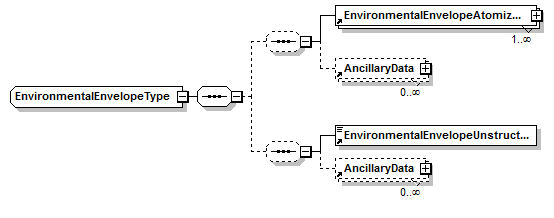-
Notifications
You must be signed in to change notification settings - Fork 6
EnvironmentalEnvelopeType


Set of environmental conditions within which it is believed that the species can persist; that is, where its environmental requirements can be satisfied.
Reference: Walker, P.A. and Cocks, K.D. 1991. HABITAT. a procedure for modeling a disjoint environmental envelope for a plant or animal species. Global Ecology and Biogeography Letter 1. 108-118.

##Atomized branch##

Structured information category concerning measurements, facts, characteristics, or assertions about a resource (instances or records, such as Occurrence, Taxon, Location, Event).
A controlled vocabulary is recommended.
e.g. Environmental range in which the organism lives (e.g. annual precipitation/average/450/mm)
Type: [DetailType] (https://github.com/tdwg/PlinianCore/wiki/DetailType)
References:
- IUCN. 2007. Workshop: Species Vulnerability Traits. Silwood Park, Berkshire, UK.
Ancillary information of the LifeFormAtomized element.
Type: [AncillaryDataType] (https://github.com/tdwg/PlinianCore/wiki/AncillaryDataType)
Set of environmental conditions within which it is believed that the species can persist; that is where its environmental requirements can be satisfied. In block text format.
The temperature range for the Mediterranean strain is 7°C - 32.5°C, while the maximum salinity is 38 ppt (NIMPIS, 2002).
Type: [NormalString] (https://github.com/tdwg/PlinianCore/wiki/NormalString)
Ancillary information of the LifeFormUnstructured element.
Type: [AncillaryDataType] (https://github.com/tdwg/PlinianCore/wiki/AncillaryDataType)
| Image | Description |
|---|---|
 |
Complex Type |
 |
Sequence structure |
 |
Choice structure |
 |
Obligatory element |
 |
Optional element |
 |
minOccurs=0 maxOccurs=unbounded |
 |
minOccurs=1 maxOccurs=unbounded |